Sports and physical activities play a vital role in a child’s growth and development. They help improve fitness, build confidence, and encourage teamwork. However, with the increasing participation of children in competitive sports, the risk of injuries has also risen. While most sports injuries are minor, some can have lasting effects on a child’s bones, joints, and growth.
This blog will help parents understand the causes of pediatric sports injuries, how to prevent them, and the best treatment options available.
Common Sports Injuries in Children
Children are more prone to certain injuries due to their growing bones and active lifestyles. Some of the most common include:
- Sprains and Strains: Damage to ligaments and muscles due to overstretching.
- Fractures: Breaks in bones, often affecting the wrist, arm, or leg.
- Growth Plate Injuries: Unique to children and can impact future bone growth.
- Overuse Injuries: Stress fractures, tendonitis, and joint pain from repetitive movements.
- Dislocations: Occur when bones slip out of their normal position, usually in shoulders or elbows.
Causes of Pediatric Sports Injuries
Several factors contribute to sports injuries in children, such as:
- Overtraining: Playing too much without proper rest.
- Poor Technique: Incorrect posture or movement patterns.
- Inadequate Warm-up: Starting activity without stretching or warming up.
- Improper Equipment: Ill-fitting shoes or lack of protective gear.
- Contact Injuries: Collisions in contact sports like football or hockey.
Signs Parents Should Watch For
Not all injuries are immediately obvious. Parents should seek medical advice if their child experiences:
- Persistent pain or swelling
- Difficulty moving or bearing weight
- Limping or restricted range of motion
- Recurrent pain during sports activity
- Visible deformity or abnormal posture
Preventing Sports Injuries in Children
Prevention is always better than treatment. Parents, coaches, and children can work together to minimize risks:
- Ensure proper warm-up and cool-down routines.
- Encourage age-appropriate training and avoid early specialization in one sport.
- Provide protective gear such as helmets, knee pads, or braces.
- Make sure children get adequate rest between practices and games.
- Focus on balanced nutrition with calcium and vitamin D for strong bones.
- Teach kids to listen to their bodies and not ignore pain.
Treatment of Sports Injuries
Treatment depends on the type and severity of the injury:
- Rest and Ice: Helps reduce swelling and pain for minor sprains or strains.
- Immobilization: Using a cast, brace, or splint for fractures or severe injuries.
- Medication: Pain relievers prescribed by the doctor for inflammation.
- Physiotherapy: Essential for regaining strength, flexibility, and safe return to play.
- Surgery: Rarely needed but may be necessary for severe fractures or ligament injuries.
Safe Return to Sports
A child should only return to sports when:
- Pain and swelling are completely gone.
- Strength and mobility have returned to normal.
- A doctor or physiotherapist has cleared them for activity.
- The child has followed a gradual rehabilitation program.
Returning too early can increase the risk of re-injury and long-term damage.
Conclusion
Sports are an excellent way to keep children healthy and active, but safety should always come first. By focusing on prevention, proper training, and timely medical care, most pediatric sports injuries can be managed successfully. With the right guidance, children can safely return to the field and continue to enjoy the benefits of physical activity.
For expert care in pediatric sports injuries and rehabilitation, consult Dr. Nargesh Agrawal at Child OrthoCare.
Address: C-7, Ground Floor, D- Park, Model Town -3, New Delhi 110009
Mobile: +91 88517 77145
Website: www.childorthocare.online





